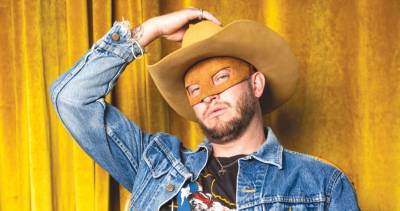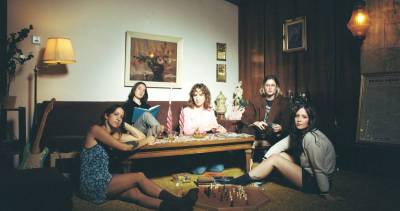Zootopia is an endless anthropomorphic treat
Featuring the voice of Ginnifer Goodwin. Rated G.
It’s hard to create wonder with animation these days, but with its mix of the detailed storybook, the 3-D stuffy, and the retro-Disney cartoon, Zootopia conjures an animal kingdom that still manages to astonish.
In the metropolis of the title, predators and prey have evolved to live harmoniously in a city that looks like a theme park designed by Fritz Lang and Dr. Seuss.
In this eye-popping world where rabbits and hamsters have to avoid elephant feet on the sidewalk, our metaphorical story takes place. Prejudice exists in Zootopia, with critters of certain species facing stereotyping. And when furry little Judy bunny (voice of Ginnifer Goodwin) doesn’t want to stay on the carrot farm with her 200 brothers and sisters, she dreams of becoming a cop in the big city. But she’ll have to prove herself to the muscular pachyderms, Cape buffalo, and other meaty mammals on the force. (Note how politically incorrect it is for them to call her “cute”.)
She has to solve a complex crime, teaming up with a crafty fox named Nick (Jason Bateman). The plot soon gets as long and twisty as old film noir—and occasionally feels as dragged out as the movie’s funniest scene, in which sloths run the department of motor vehicles in infuriating slo-o-ow mo-o-o-tion.
But then Zootopia rolls out another of its brilliantly lifelike and seemingly endless anthropomorphic treats, whether it’s an Arctic shrew as a Don Corleone–like Mafia boss, or a shaggy, yoga-loving yak voiced by Tommy Chong. Or Judy and Nick zoom into some colourful new microclimate-corner of Zootopia, like the miniature Little Rodentia, the Dubai-meets-Vegas Sahara Square, or the polar-bear-populated Tundratown.
All that, and there’s an inspiring message that anyone can be anything—even if it’s a tiny rodent becoming the Godfather.















Comments